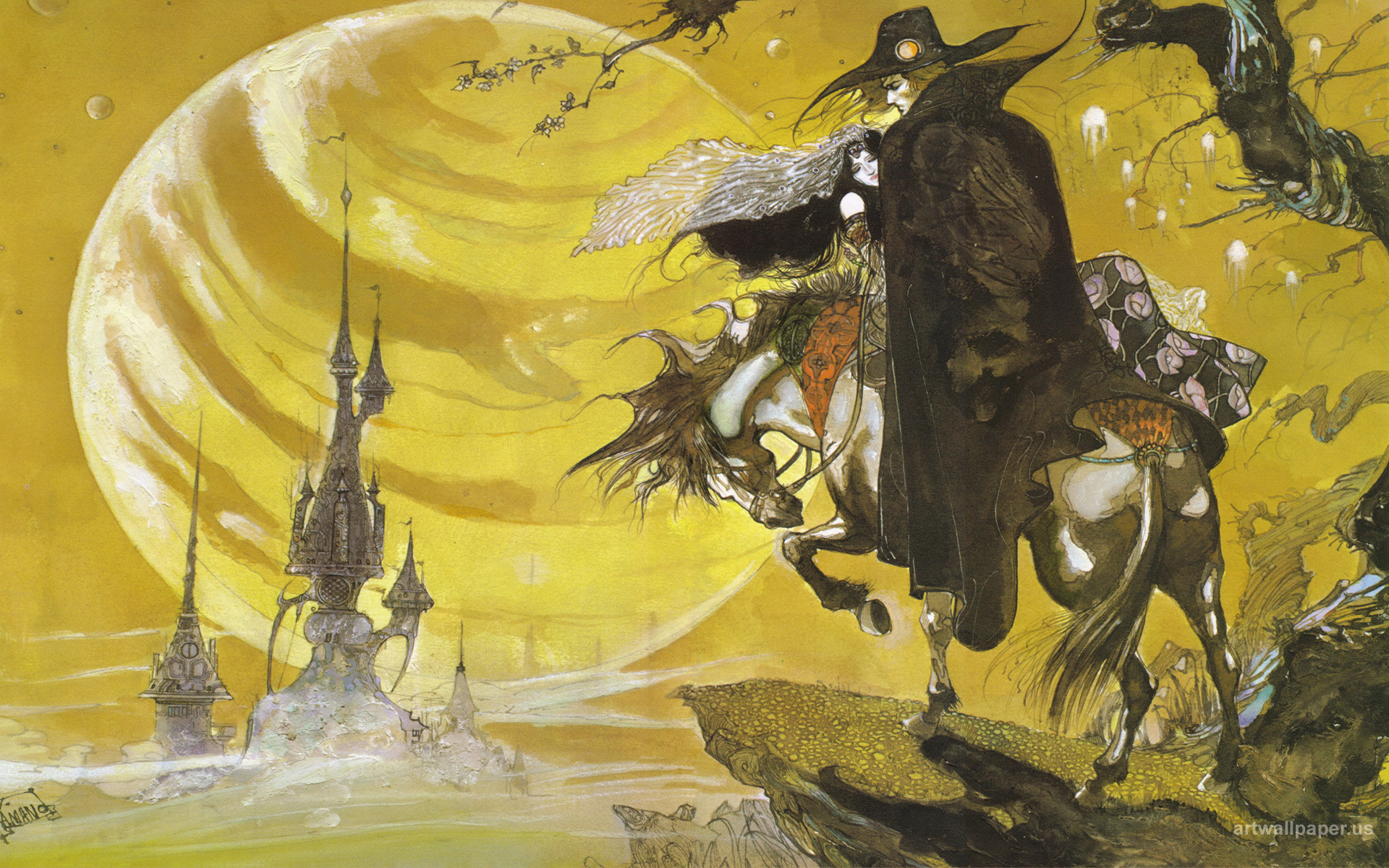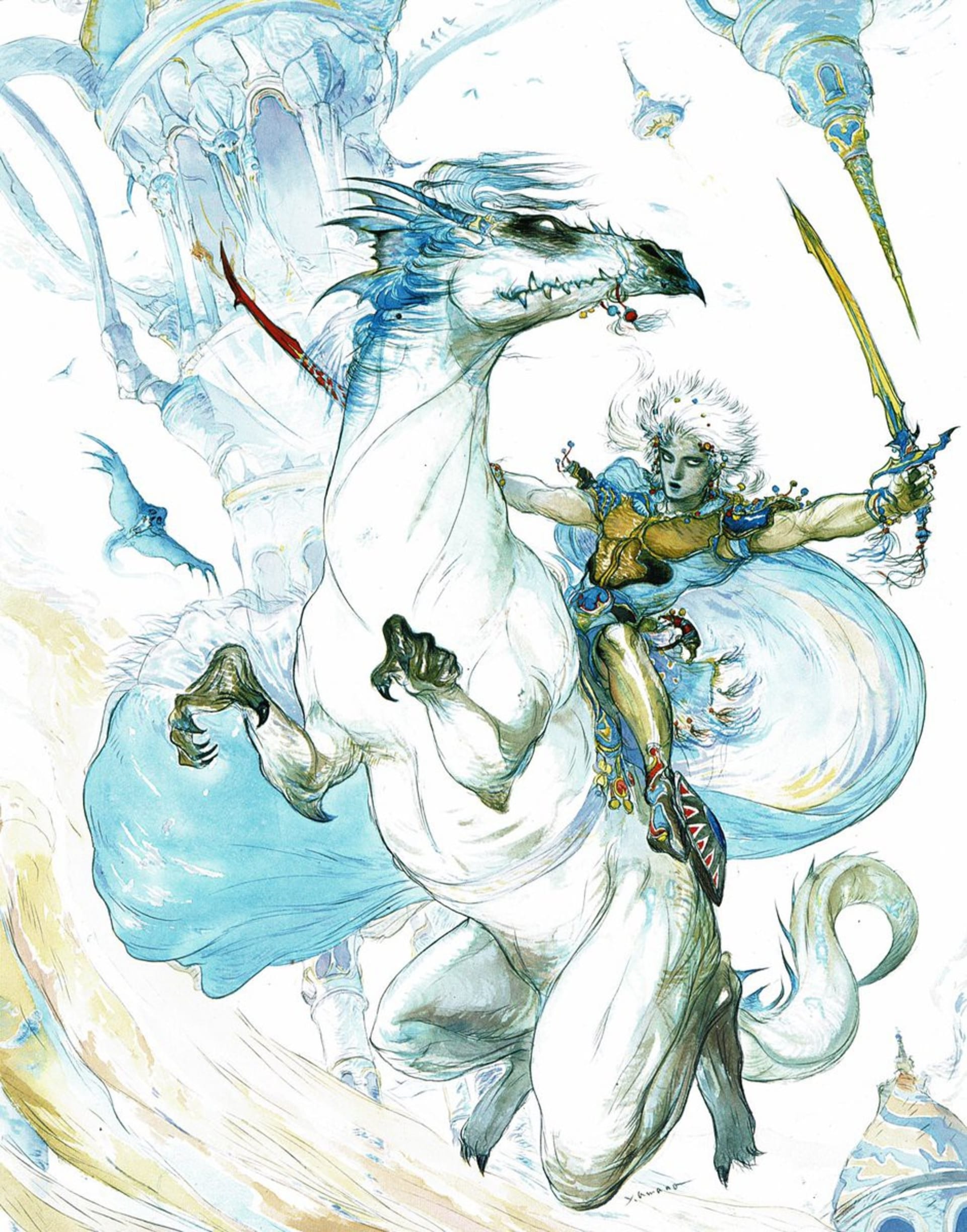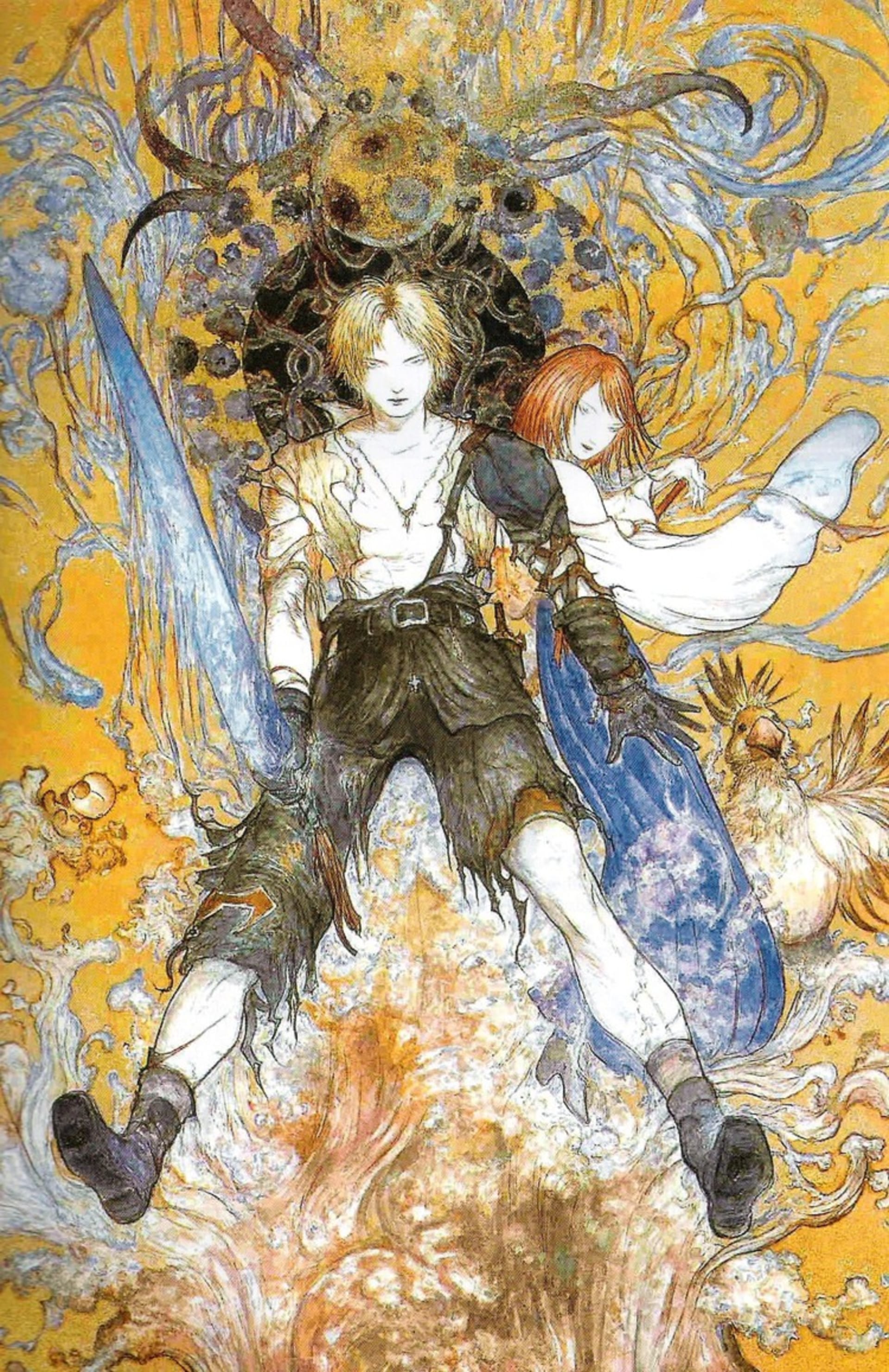"I've seen a lot of artists trapped in their style, and I still fear that trap." If there's one quote that defines the work of Japanese artist Yoshitaka Amano, it's this. The fabled FINAL FANTASY designer is a natural force in modern pictorial art, a true master of the craft - or rather crafts, seeing how Yoshitaka Amano's powerful work cannot be boiled down to one particular style, form, or medium.
To call him a 'video game artist' would do Amano no justice: his work has the same poignancy in art galleries as it has in manga books, and works as well in illustration and games as in costume design. As an all-round artist he challenges our expectations of what constitutes a 'video game artist', and inspires his fellow artists to explore and transgress any boundaries they may encounter - to fear the many traps of life, too.
To call him a 'video game artist' would do Amano no justice: his work has the same poignancy in art galleries as it has in manga books, and works as well in illustration and games as in costume design. As an all-round artist he challenges our expectations of what constitutes a 'video game artist', and inspires his fellow artists to explore and transgress any boundaries they may encounter - to fear the many traps of life, too.





